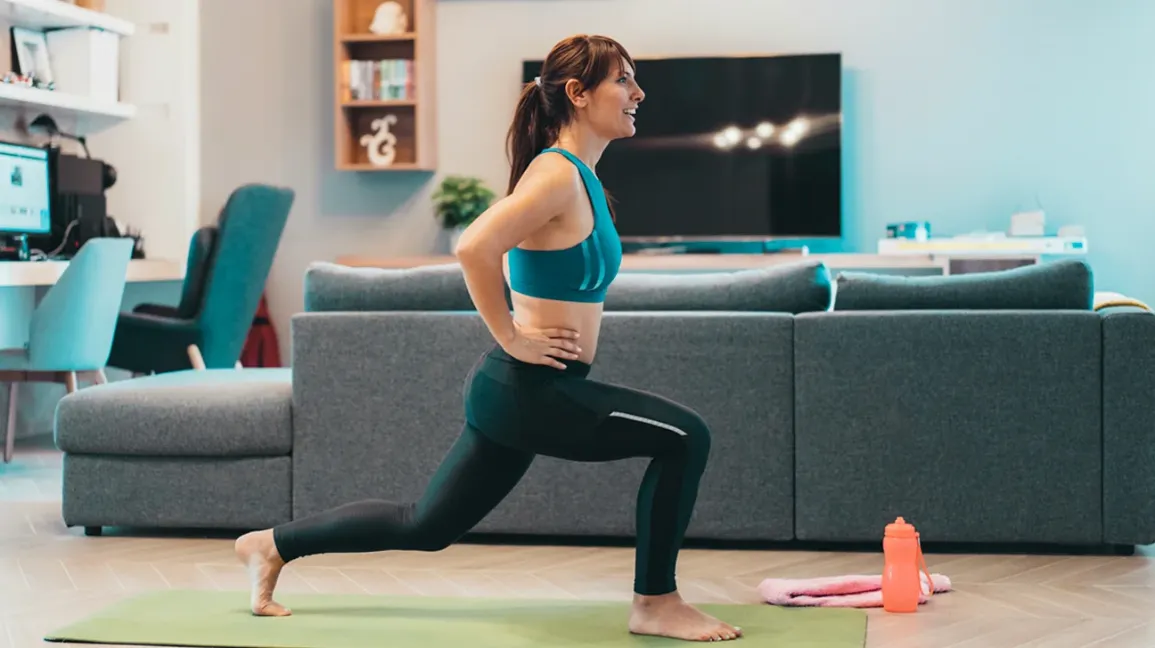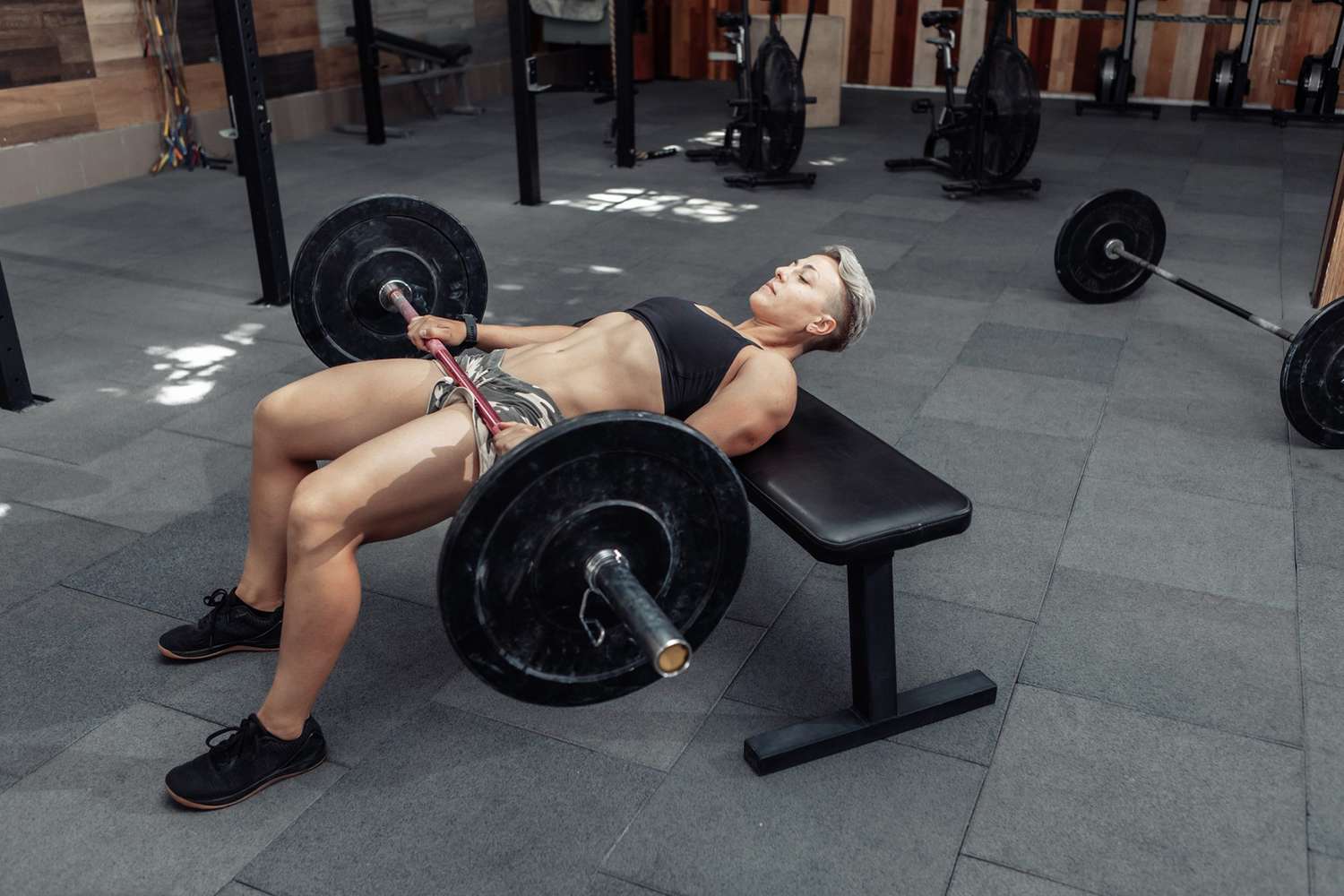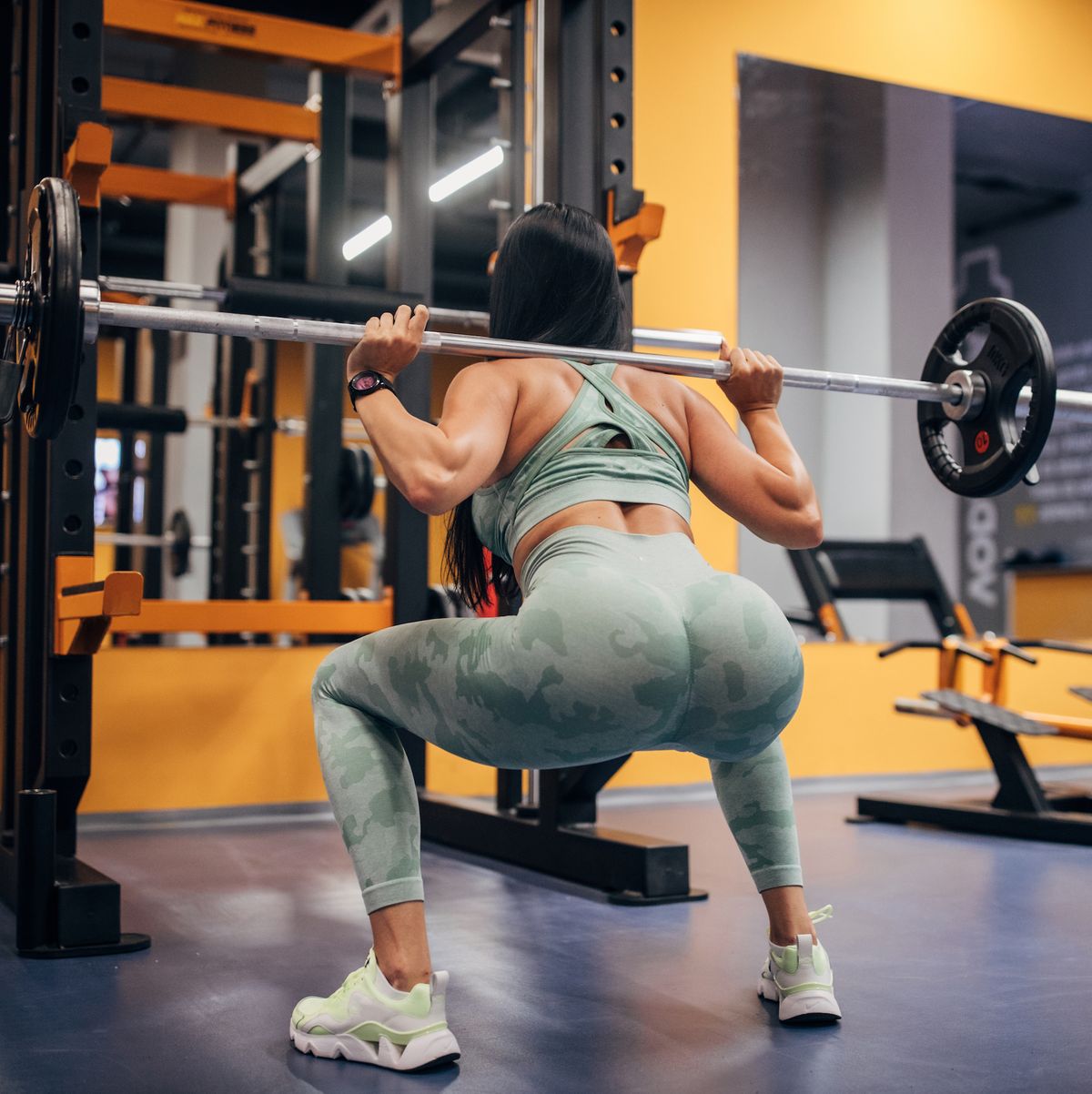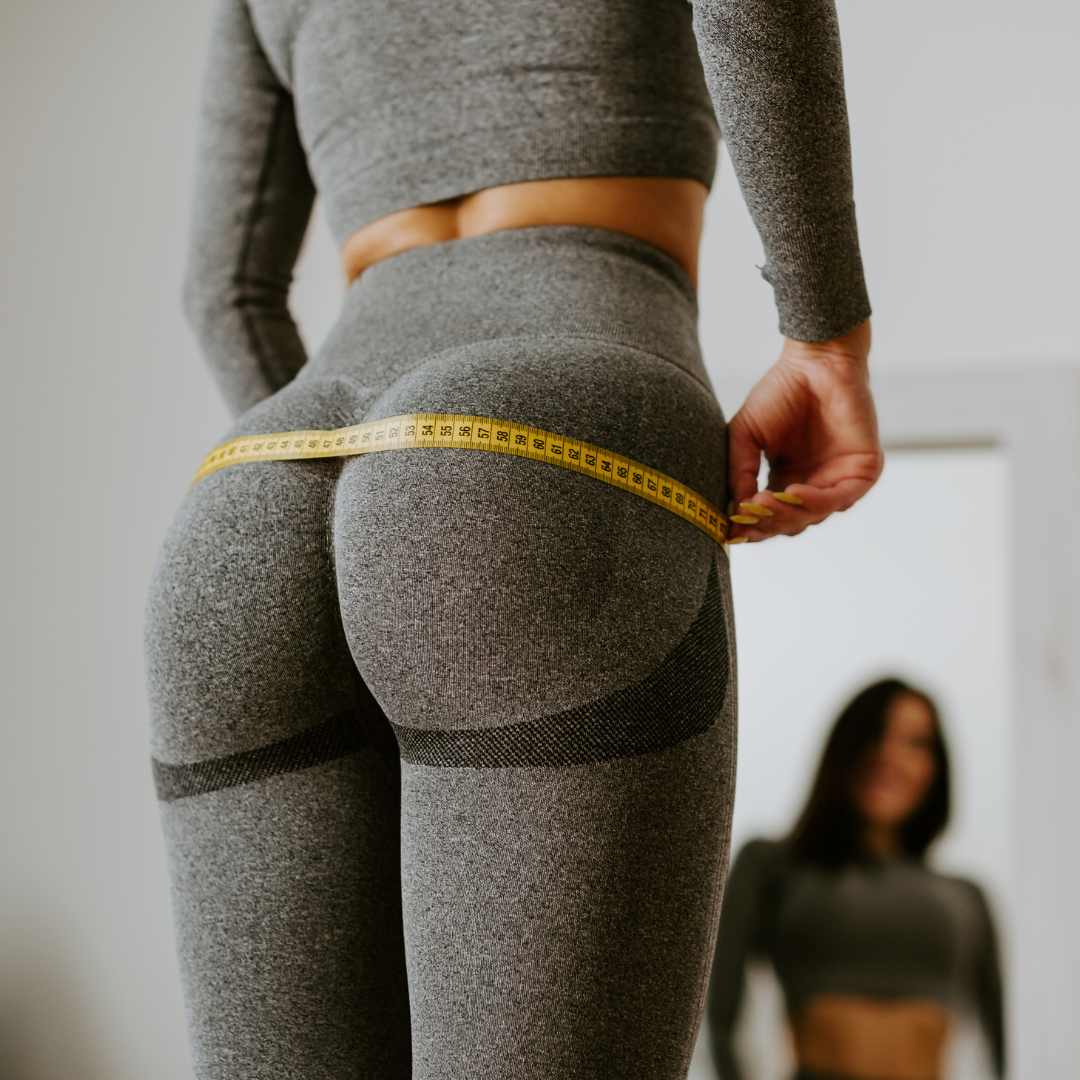Looking to achieve a rounder, more sculpted booty? You’re not alone. In today’s era, bigger is better when it comes to our glutes, and people are willing to put in the work to achieve their desired results. Lucky for you, the formula for building a bigger butt is simpler than you might think.

To get that enviable derriere, it all comes down to hard work and consistency. By focusing on building your glute muscles and doing exercises that specifically target them, you can start seeing significant improvements in your butt size and shape. So, let’s look into some of the best exercises for building glute strength and getting that bigger butt you’ve been dreaming of.
Contents
- 1 16 Best Exercises For Bigger Butt
- 1.1 1. Mini Band Kickback
- 1.2 2. Alternating Reverse Lunge
- 1.3 3. Bulgarian Split Squat
- 1.4 4. Clam Shell
- 1.5 5. Hip Thrust
- 1.6 6. Step Up
- 1.7 7. Walking Lunges
- 1.8 8. Single-Leg Deadlift
- 1.9 9. Supported Single-Leg Deadlift
- 1.10 10. Banded Glute Bridge
- 1.11 11. Glute Bridge March
- 1.12 12. Bodyweight Squat
- 1.13 13. Goblet Squat
- 1.14 14. Single-Leg Box Squat
- 1.15 15. Curtsy Lunge
- 1.16 16. Lateral Lunge with Reach
- 2 What Reps Are Best For Glute Growth?
- 3 Frequently Asked Questions
16 Best Exercises For Bigger Butt
Here are some of the best exercises to build glute strength and size:
1. Mini Band Kickback
- Get on your hands and knees with a mini band around your right foot.
- Contract your glutes and slowly kick your right leg back until it’s straight.
- Squeeze your glutes at full extension and carefully bring your leg back down.
2. Alternating Reverse Lunge
- Start standing with your feet together, holding weights at shoulder height.
- Step your right foot back into a lunge, stopping when both legs form 90-degree angles.
- Press through your heel to stand and then step your left foot back into a lunge.
3. Bulgarian Split Squat
- Stand facing away from a bench or elevated surface.
- Place the top of your left foot on the bench and lower into a lunge position.
- Push through your front heel to stand back up. Repeat on the other leg.
4. Clam Shell
- Lie on your side with your knees bent, feet together, and heels touching.
- Keeping your heels together, lift your top knee as high as you can, then lower it back down.
5. Hip Thrust
- Sit on the ground with your back against a bench and a weight resting across your hips.
- Plant your feet flat on the ground and lift your hips up, squeezing your glutes at the top.

6. Step Up
- Stand facing a bench or sturdy elevated surface.
- Step your right foot onto the bench and push through your heel to stand up.
- Step your left foot down and repeat on the other side.
7. Walking Lunges
- Start by standing with your feet shoulder-width apart.
- Take a big step forward with your left leg, bending both knees until they form 90-degree angles.
- Push off with your right foot and bring your feet back together. Repeat on the other leg.
8. Single-Leg Deadlift
- Stand with your feet hip-width apart and hold a weight in your right hand.
- Lift your left leg behind you while lowering the weight toward the ground.
- Keep your back straight and return to the starting position. Repeat on the other leg.
9. Supported Single-Leg Deadlift
- Stand on your left leg with a weight in your right hand and your left hand resting on a surface for support.
- Hinge forward at the hips while lifting your right leg behind you.
- Keep your back straight and return to the starting position. Repeat on the other leg.
10. Banded Glute Bridge
- Lie on your back with a resistance band around your upper thighs.
- Bend your knees with your feet flat on the ground and push through your heels to lift your hips up.
- Squeeze your glutes at the top and lower back down.
11. Glute Bridge March
- Perform a glute bridge with a resistance band around your upper thighs.
- Lift one foot off the ground, bring your knee toward your chest, then extend the leg.
- Alternate lifting each foot while maintaining the bridge position.

12. Bodyweight Squat
- Stand with your feet shoulder-width apart and toes pointed slightly outward.
- Bend your knees and lower your hips as if sitting back into a chair.
- Push through your heels to stand back up.
13. Goblet Squat
- Hold a weight at your chest with both hands and stand with your feet shoulder-width apart.
- Bend your knees and lower your hips into a squat position.
- Push through your heels to stand back up.
14. Single-Leg Box Squat
- Stand in front of a box or bench with your back facing it.
- Lift one leg off the ground and slowly lower yourself onto the box, keeping your other leg extended.
- Push through your heel to stand back up. Repeat on the other leg.
15. Curtsy Lunge
- Start standing with your feet hip-width apart and hands on your hips.
- Cross your right leg behind your left leg and lunge down.
- Push through your front heel to stand back up. Repeat on the other leg.
16. Lateral Lunge with Reach
- Stand with your feet hip-width apart and hands on your hips.
- Take a big step to the right and lower into a side lunge, reaching your left hand towards your right foot.
- Push through your right heel to stand back up and repeat on the other side.
- Stand with your feet shoulder-width apart and hold a weight in front of your thighs.
- Hinge forward at the hips, keeping your back straight and lowering the weight towards the ground.
- Engage your glutes and hamstring to return to the starting position.
What Reps Are Best For Glute Growth?
When it comes to building a bigger butt, the right rep range can make a significant difference. While a moderate rep range of 8-12 reps is commonly used for hypertrophy training, incorporating a mix of rep ranges into your training program can yield even better results. Here’s a breakdown of the different rep ranges and their benefits for glute growth:

- Low Rep Range (4-8 reps): Lifting very heavy weights for low reps engages a higher number of muscle fibers, stimulating growth. This also helps build strength, allowing you to lift heavier weights even at other rep ranges, which exposes the glutes to more load.
- Moderate Rep Range (8-12 reps): This range is typically used for hypertrophy training and is known to be effective for muscle growth. It provides a balance between volume and intensity, helping you achieve the desired results.
- High Rep Range (12-15 reps): Using a higher rep range can increase muscular endurance, allowing you to lift more and expose the glutes to greater volume. It also promotes metabolic stress, which can contribute to muscle growth. This rep range is particularly beneficial for isolation movements such as glute kickbacks or abductors.
Frequently Asked Questions
Do squats make your butt bigger?
Yes, squats can help you build bigger glutes. Squats work all the glute muscles in one movement, triggering muscle growth (hypertrophy) when strategically recruited and taxed.
How long does it take to grow glutes?
The timeline for growing glutes varies, but minor changes can be observed within 4-6 weeks, while significant progress may take 3-6 months. To truly transform your glutes, consistency is key for 1-2 years.
Do glutes grow on rest days?
Muscles grow during the recovery phase, so adequate rest between glute workouts is crucial. Aim for at least 48 hours of rest to allow your body to rebuild and strengthen the glute muscles.

Hello, I’m Ravindra. Over the years, I’ve immersed myself deeply into the world of fitness and health, transforming both my body and mind. Writing has allowed me to share my journey, insights, and expertise with those just starting out and seasoned fitness enthusiasts alike. Beyond just routines and diets, I believe in inspiring others to adopt a holistic approach to well-being.
